Pulsara Around the World - 2025 Recap and January 2026
December Recap After an incredibly busy events year with 102 conferences, trade shows, and sponsorships, December was on the slower side for us, with...
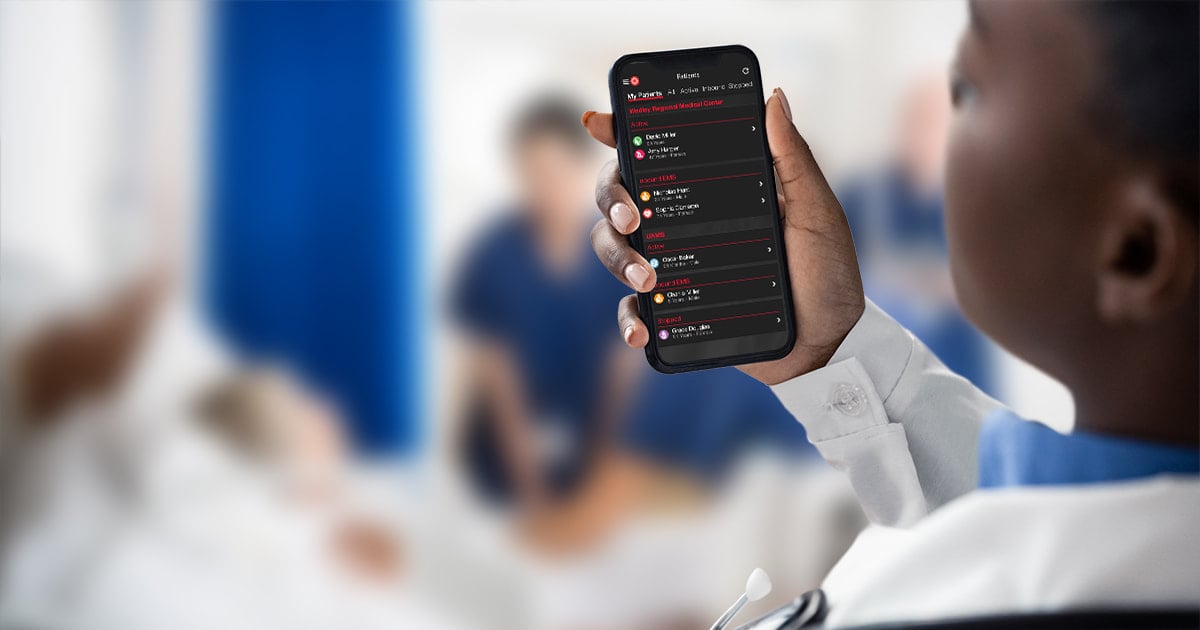
Editor's Note: Special thanks to our guest blogger, Yoona Ha with EMS1's BrandFocus Staff.
—
When you’re transporting a patient with a time-sensitive emergency, every second matters. JAMA researchers found that it takes an average of seven minutes for EMS units to arrive on the scene, and nearly one in 10 encounters involve up to a 30-minute wait. For some patients, like those who are transported for having an ischemic stroke, every moment is critical.
Patients with time-sensitive emergencies often get treated by multiple providers at different points along their care journey, each of whom has to update the next provider with the patient’s information. In a highly stressful emergency room environment, it’s easy for communication to break down during EMS patient handoffs.
The breakdown in communication in an acute care setting can increase the instances of patient harm, length of stay, and resource use. In fact, one study found that improved handoff communications among providers can reduce hospital medical errors by 30 percent.
That’s why James Woodson, an emergency room physician, founded Pulsara, a mobile communication platform designed to reduce miscommunication. The app, which is free to EMS providers, streamlines information sharing among different healthcare providers by providing a place where everyone can share and have access to the same information.
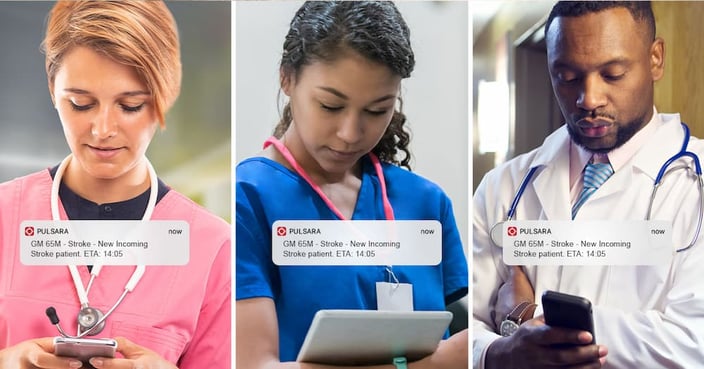
EMS miscommunication can be costly for patients, and while prehospital alerting is important, solving the communication crisis requires more than simply notifying the hospital. Tools like the Pulsara platform help first responders easily connect with emergency department providers and specialty care providers using their smartphones.
The platform, which offers a free package for EMS providers and the receiving ED, streamlines information sharing among different healthcare providers by providing a means of interfacility and intrafacility communication all in one place. Here’s how:
With every patient transport, your goal is to connect the patient with proper care. It can be incredibly frustrating to have to wait until you get past the emergency department’s doors to give your report. Or worse, have to repeat your radio report over and over again, when you’re just trying to focus on the patient in front of you.
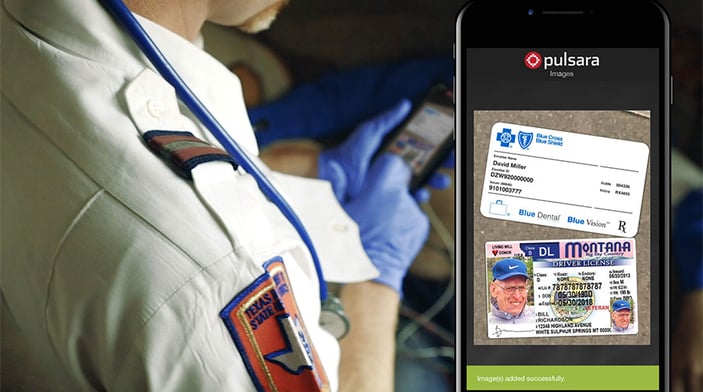
With the Pulsara platform, you can update patient information, send pictures, and alert emergency department physicians while transporting patients. All you have to do is document the patient’s name, date of birth, and reason for being transported. Then, with the tap of a button on your smartphone, you can immediately notify emergency department staff and even specialty care providers like stroke specialists.
This enables the rest of your patient’s treatment team to have the patient’s vitals and other important information in advance. With earlier access to this information, EDs can preregister the patient and be better prepared to receive them when they arrive.
When a patient is on the way, any EMS provider using the Pulsara platform can notify staff members of the incoming patient’s information and the estimated time of arrival, thanks to the app’s GPS feature.
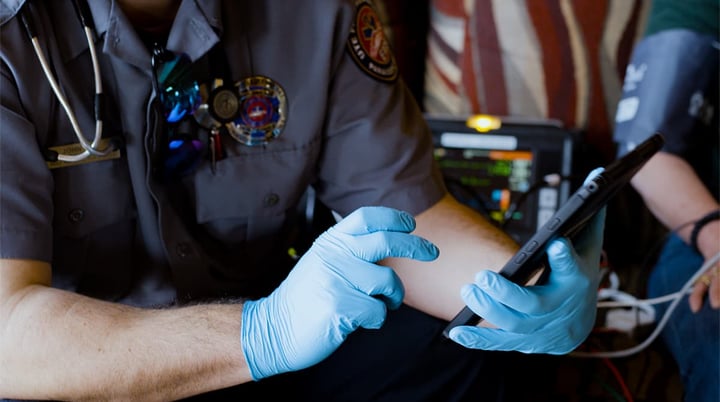
Once a patient arrives in the ED, nurses often have to place several calls to relay the same information to different team members. This delay can be catastrophic for those patients who have life-or-death emergencies like a heart attack or a stroke. Hospitals that adopt the full Pulsara hospital package can skip this cumbersome process. All they need to do to notify other care providers, such as the cath lab, is press a button.
“On average, patients see about a 30 percent reduction in treatment time when the Pulsara app is used,” said Hannah Ostrem, Pulsara's Senior Director of Marketing. “One of the biggest benefits to having reduced treatment times is that patients can go home quicker and possibly even survive when they may not have otherwise.”
Consider the results achieved by PeaceHealth Southwest Medical Center in Vancouver, Washington. The hospital was challenged by the frequent communication breakdown in an acute care setting, so they partnered with several EMS agencies to try out the Pulsara app in hopes of improving the way information was transmitted across different care teams.
Previously, prehospital providers had provided radio reports that sometimes became garbled transmissions, or even used their own cellphones to communicate sensitive patient health information.
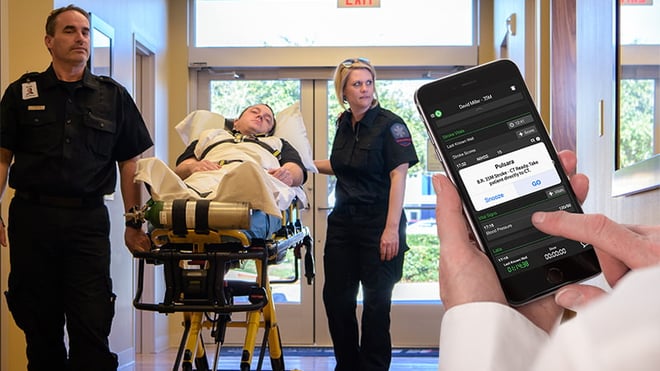
What they found was that with Pulsara, EMS providers could easily share patient information, as well as their location and estimated time of arrival.
Now that EMS personnel at PeaceHealth Southwest Medical Center use Pulsara’s secure messaging features to quickly communicate with the emergency department team, they no longer worry about HIPAA compliance violations for using mobile technology to transmit patient information.
As easy-to-use solutions like Pulsara streamline communications from the field to the emergency department, as well as to other members of the care team in the hospital and even to other facilities, relying on outdated communication technology is becoming a thing of the past. Switching to mobile technology can help save time for your patients, which can, in turn, reduce treatment times and change the course of your patient's care—for the better.
Editor's Note: This post was originally published in June 2018 and has been updated for accuracy and comprehensiveness.
To learn more about how hospitals and EMS organizations are using Pulsara, check out our customer success stories. Pulsara is also helping with COVID-19 management by helping mitigate patient surge, streamlining patient transfers, minimizing exposure, and more. Learn more about COVID-19 + Pulsara here.

December Recap After an incredibly busy events year with 102 conferences, trade shows, and sponsorships, December was on the slower side for us, with...

Editor's Note: In July 2025, EMS1 and Fitch & Associates released their annual EMS trend survey, What Paramedics Want, proudly sponsored by Pulsara....
![[PRESS RELEASE] Published Research Finds Up to 31% Faster STEMI Treatment Times in Rural Hospital Setting with Pulsara](https://www.pulsara.com/hubfs/_1_website-page-blog-assets/pulsara-hosp-teams-assign-cardio-stemi-rn-1200x701.jpg)
Published research shows how using Pulsara, alongside standardized field activation and a focus on stakeholder relationships, improves STEMI care and...